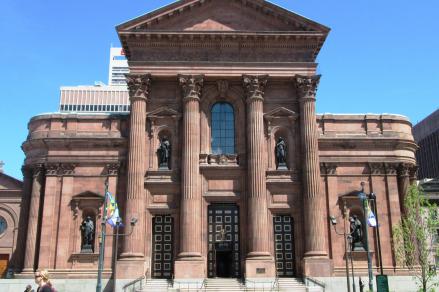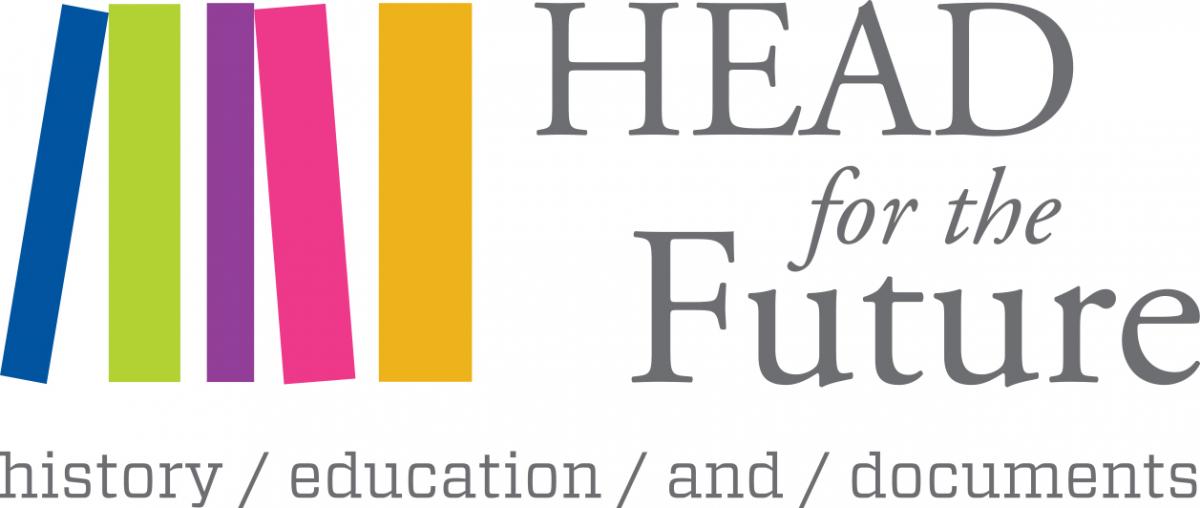Using the Cathedral of Saints Peter and Paul as a landmark, students will analyze the structure as the primary source for learning about its significance. The lesson will combine writing, art, and historical context.
Students will be able to situate the landmark within its historical context using primary documents such as the US Constitution, lithographs, photos, letters and journal entries. Students also will be able to see that the building is testimony to the idea of freedom of religion and freedom of speech guaranteed by said Constitution, despite anti-Catholic sentiment prevalent in the 1800s, and, even in some parts, today.



